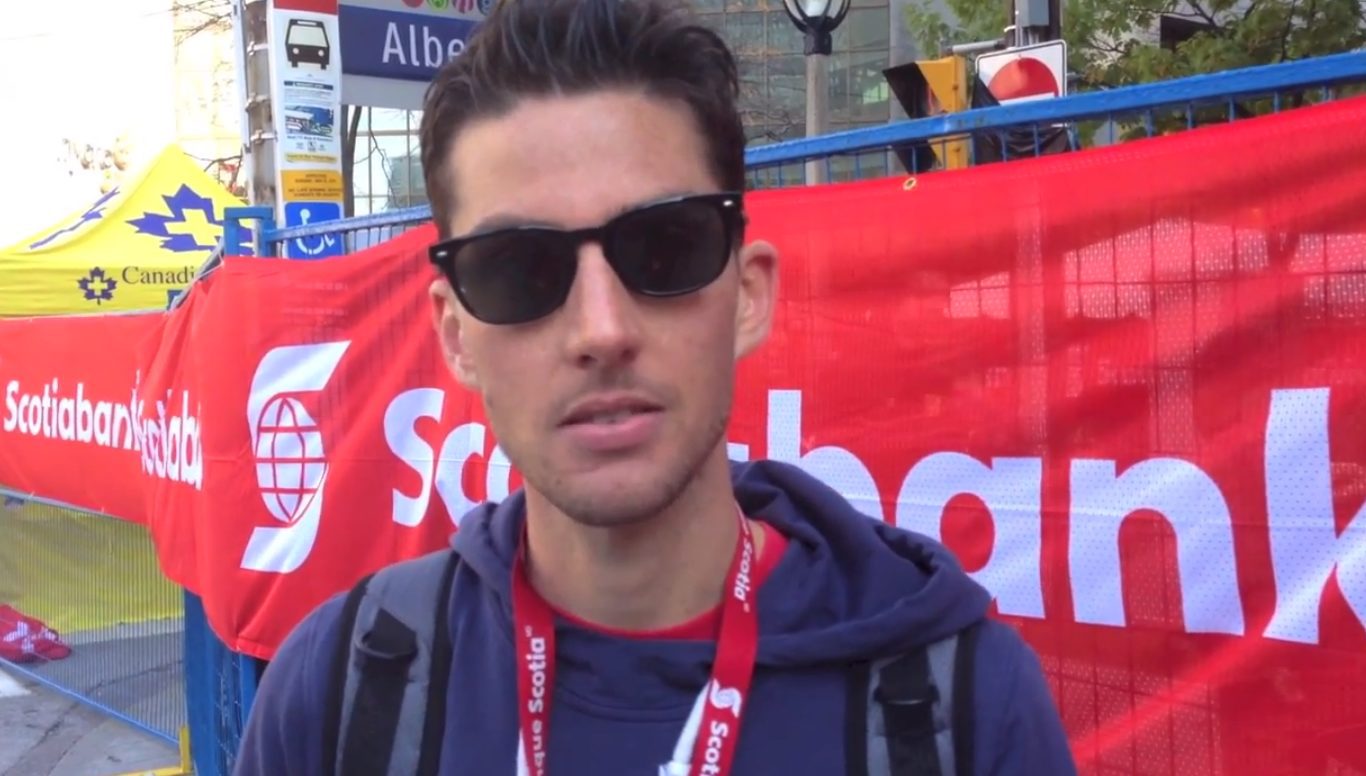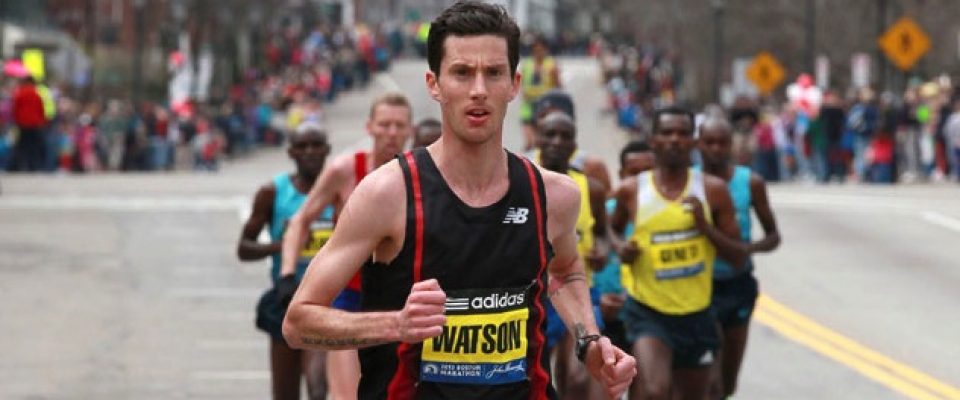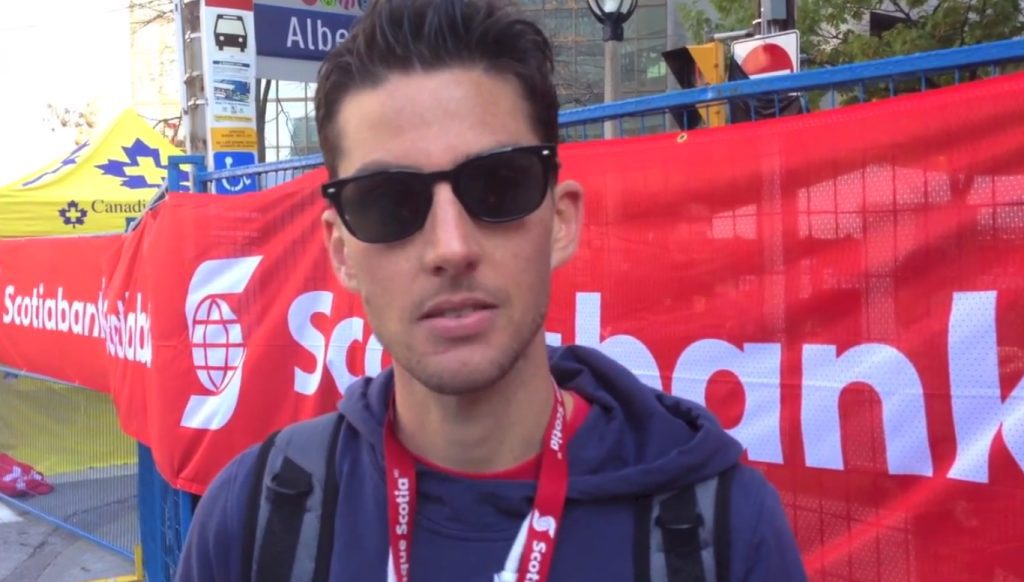Rob Watson’s signature marathon workout

Marathon season is upon on and with the weeks counting down before race day, it’s time to make sure that all the hard training is paying off.

Among the best ways to gauge your current fitness and give yourself a well-deserved confidence boost ahead of your upcoming marathon is to nail a tough simulation workout.
RELATED: Study examines relationship between marathon training, injury and performance
Rob Watson is one of Canada’s most popular and prolific marathoners. Born and raised in London, Ont., Watson now lives and trains in Vancouver. He is a former Canadian marathon champion, holds a 2:13 personal best and is known for leading a majority of the 2013 Boston Marathon (employing his signature ‘Fade From the Front’ tactic). He also co-hosts an insightful and entirely entertaining podcast called ‘The Rob Watson Show‘.
Watson is now less than two weeks away from running this year’s London Marathon over in England and will be looking to hit the Canadian Olympic standard for the marathon (2:12:50). Watson recently shared his signature pre-marathon workout with us and offered a few tips on how to make it work for you.
Rob Watson’s 30K marathon pace progression run
Warm-up with 10 to 15 minutes of very easy running.
- Run 10K at goal marathon race pace PLUS 10-15 seconds/K (i.e. slower than race pace)
- Run 10K at goal marathon race pace PLUS 5-10 seconds/K (i.e. still slightly slower than race pace)
- Run 10K at goal marathon race pace
Cool-down with 10 to 15 minutes of very easy running.

Watson suggests doing this workout at least three to four weeks out from your marathon. In his own words: “It’s really f*^%in’ hard, but if you can nail this workout, then you’re ready to roll.” He adds that it functions as a great opportunity to practice race rhythm, fueling and running hard on tired legs.
RELATED: Fade From the Front: the Rob Watson story
Runners don’t have to do the full 30K to get the desired effect. Consider doing a variation by breaking the distance down into shorter segments (E.g. Break each 10K into 4K hard – 2K easy – 4K hard) or consider a shorter overall distance (E.g. 8K@MP+10-15sec/K – 8K@MP+5-10sec/K – 8K@MP).
Finally, Watson suggests you prepare for this workout just as you would your race. Eat the same meal beforehand, fuel and hydrate during the run and wear the same shoes, clothes and gear that you plan to on race day. Basically try to mimic your race day routine as closely as possible and treat it as a dry run for race day.


